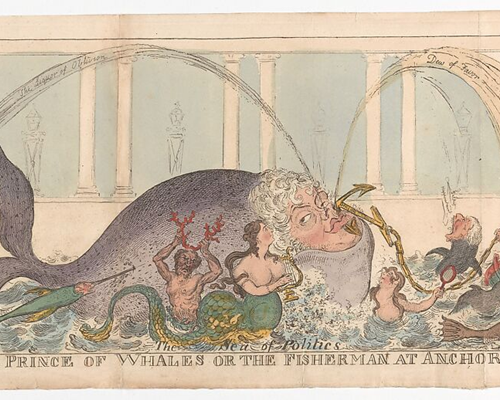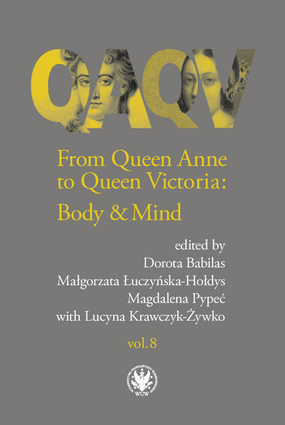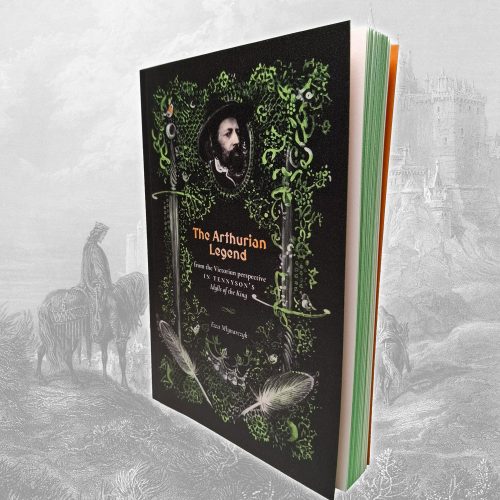Text by Magdalena Pypeć on one of Dickens’s keywords, based on her contribution to the book edited by Michael Hollington et al.

Vandenhoeck & Ruprecht, 2021
My contribution – “Opium as a Keyword in Dickens’s Novels” – discusses Dickens’s novels as a rich socio-cultural document regarding opium and its literal and metaphorical denotations in the Victorian era; in brief, as the ‘aspirin’ of the time, opium permeated his country and its language. An opium-eater himself, the novelist was well acquainted with all its effects on the human body and all its uses and abuses. In addition, his writing reflects the evolving public perception of the drug during his lifetime, the anxieties accompanying its habit-forming qualities and the medicalisation of addiction. In his novels and letters, opium denotes long-awaited sleep, is used to combat insomnia, to deaden pain and sedate the restless and the suffering, as well as to manipulate people, depriving them of rational thinking. It is equally associated with inability to work and to fulfil one’s commitments, lethargy and drowsiness, lack of energy and concentration, but also with over-anxiety and restlessness. It can be used to buy oblivion as a cheap substitute for alcohol and to forget about hunger and starvation. It can be an accomplice to murder and suicide as a deadly poison, and therefore is closely linked with death. As “the milk of paradise,” its cultural meaning is tinged with a Romantic legacy as a remedy to boost creativity and inspirational visions. Opium-smoking denotes vice, sin, moral degradation and even mental illness. Finally, it is inadvertently connected to its imperial context as easily acquired wealth, wealth which is tainted with the parasitic policy of drug trafficking, enabling the spread of addiction in China, and as such it may symbolise imperial guilt.
“This volume shows how highly conscious Dickens was of words – of their meaning of course, and of the ideas they conjured up, but also of their very substance, texture, plasticity, visuality, and resonance, as well as their interactions with other words, and with their cultural environment. Each keyword is treated not as a semantic unit with a fixed meaning but rather as a flexible linguistic construct. Some keywords are just a word, a characteristic or even idiosyncratic lexical unit; some are treated as a load-bearing conceptual category or theme; some disintegrate into noise, complicating readers’ assumptions about what a keyword must be. The focus shifts from “word” at micro- to macro-levels of signification, at times denoting wider cultural usage. Dynamic relations, oppositions, correlations and overlappings result from these individualized reading journeys, creating unforeseen and rich systems of meaning.”
publisher’s blurb for the book


